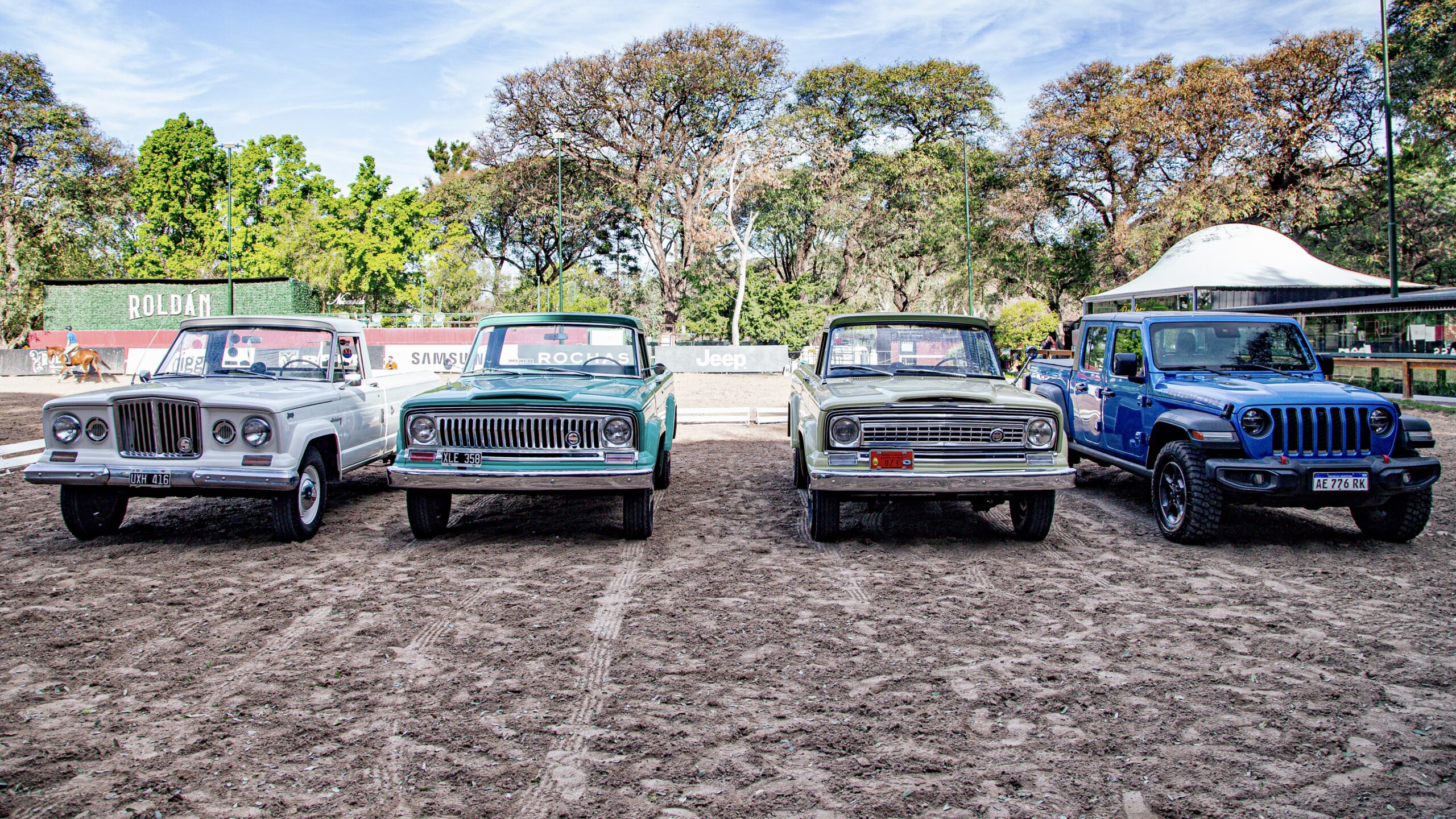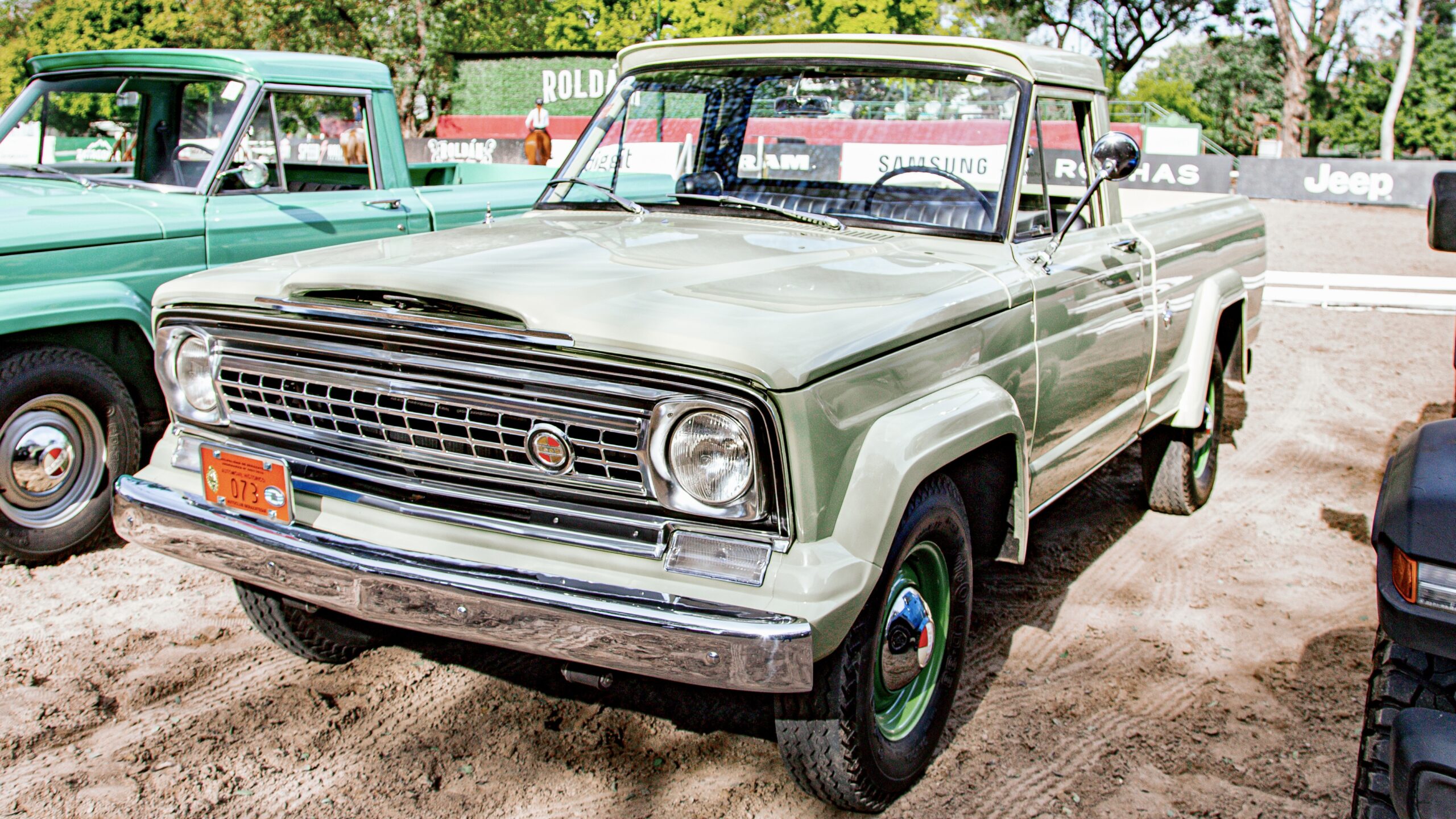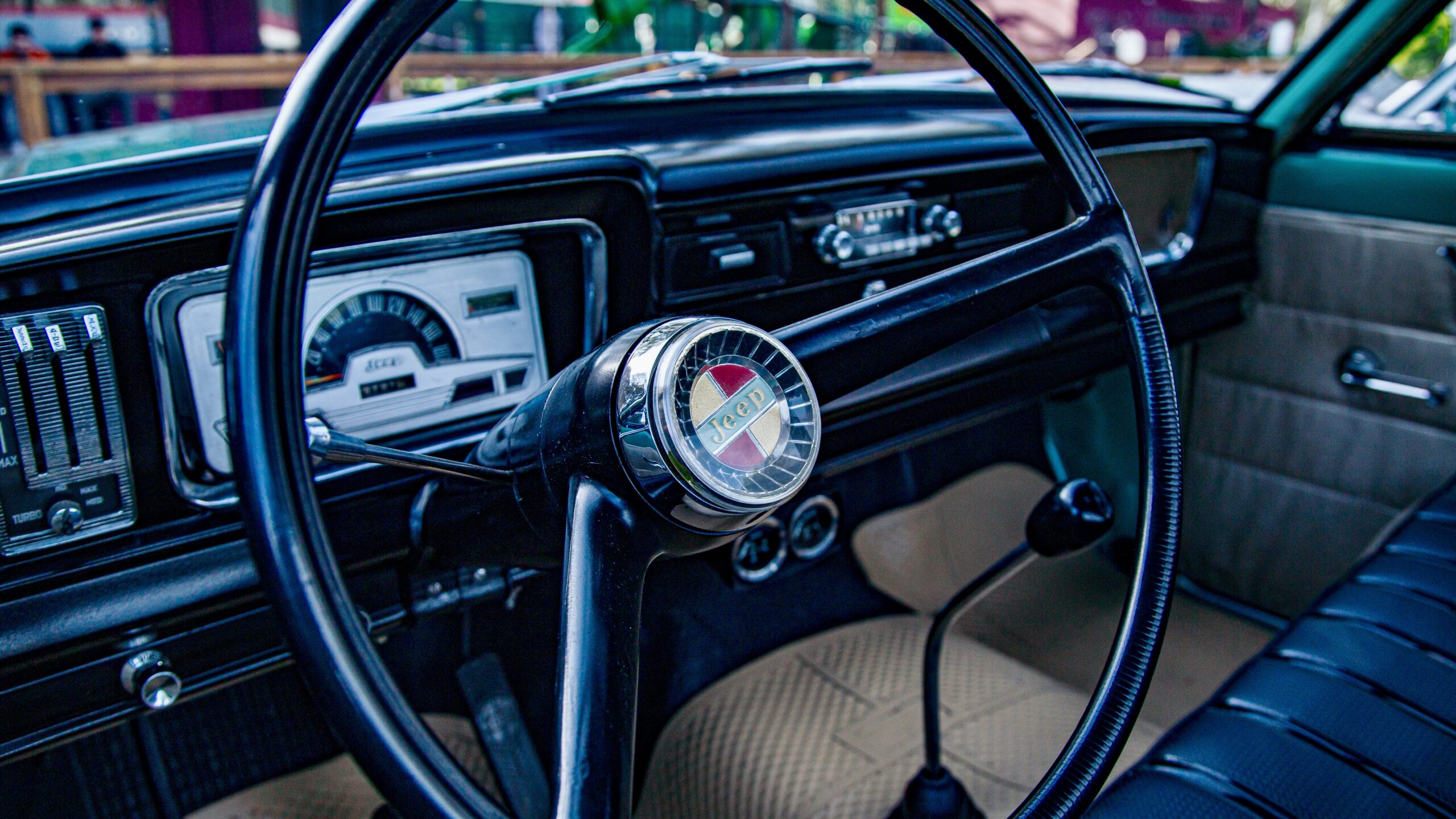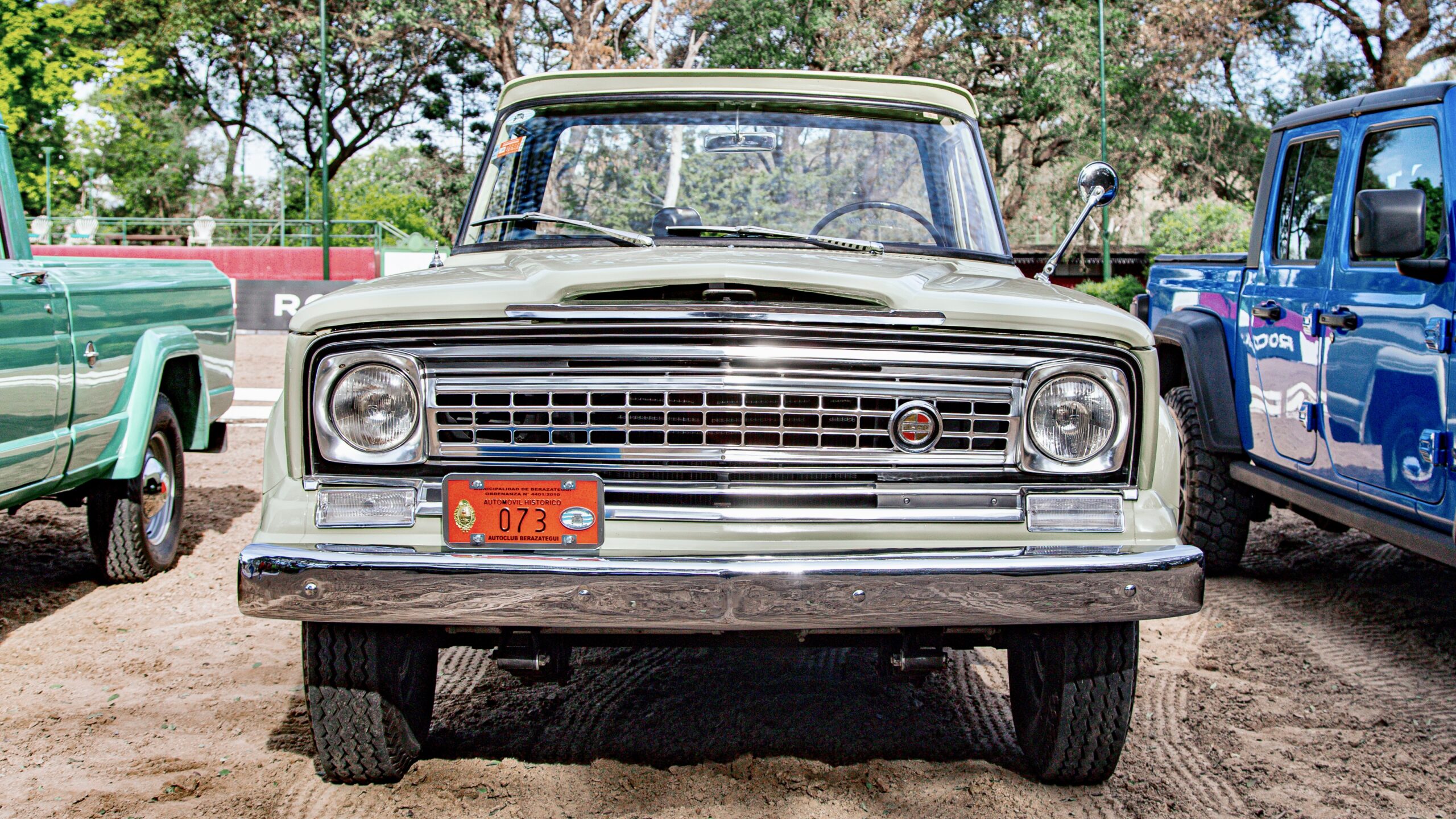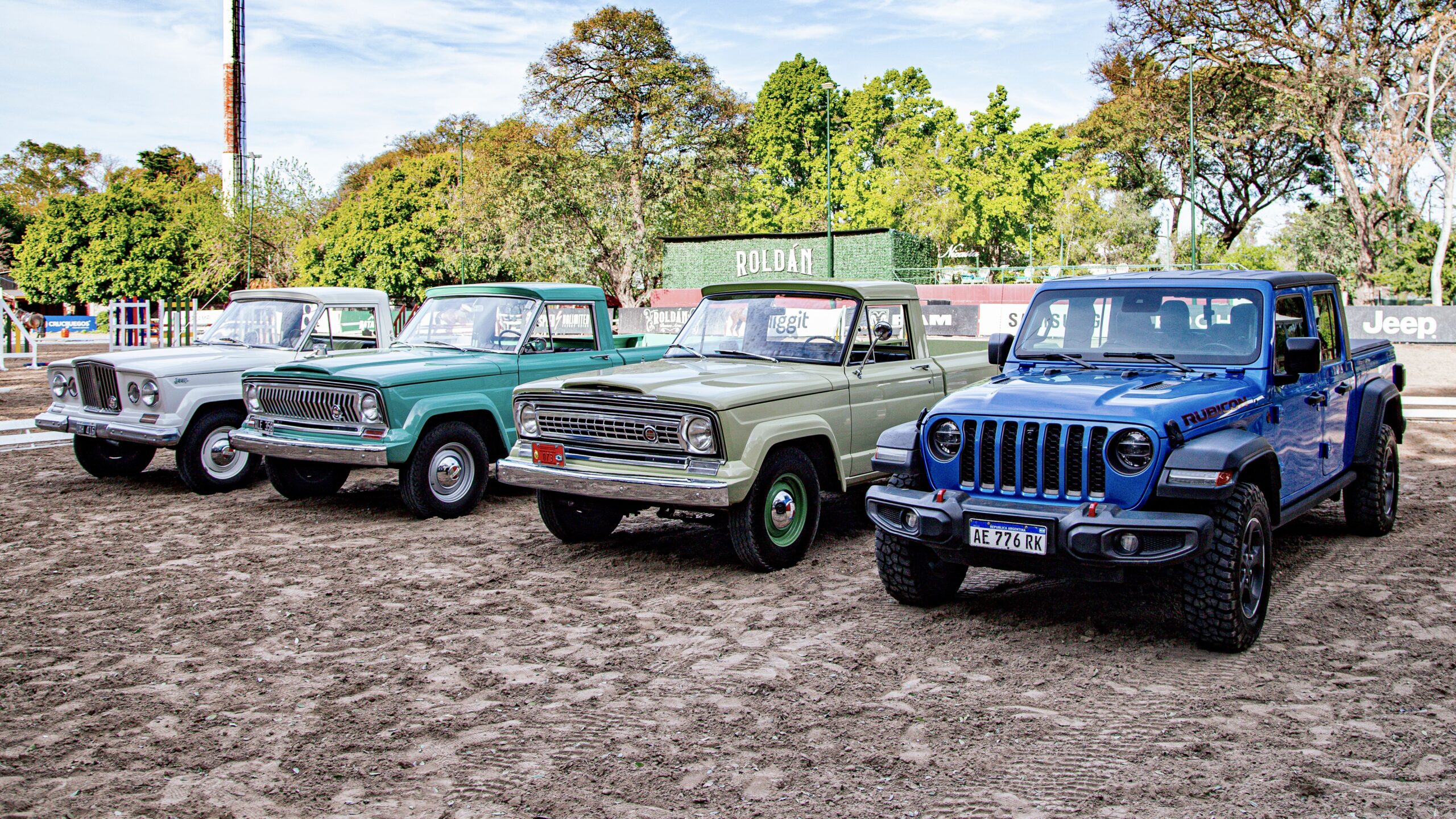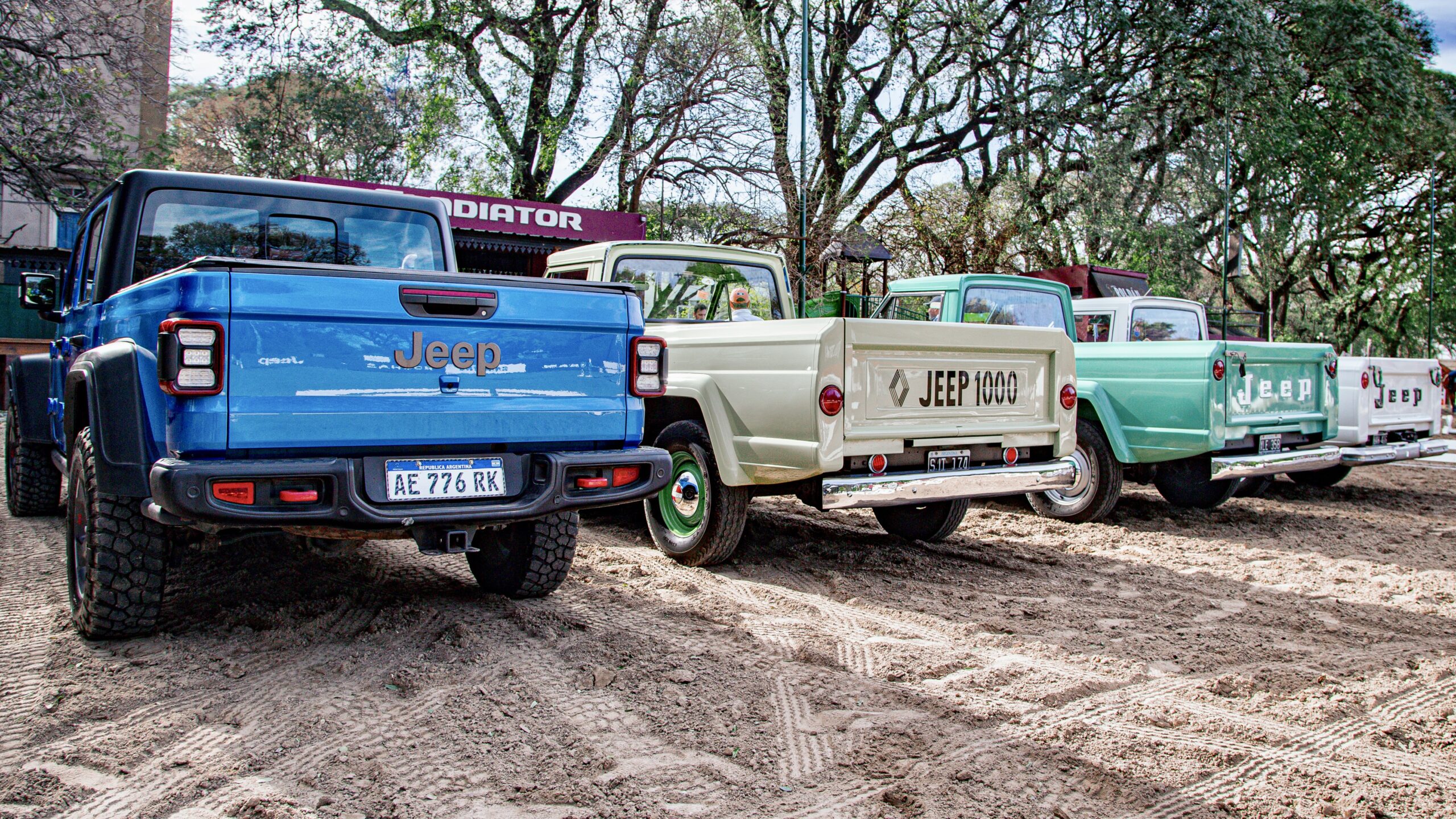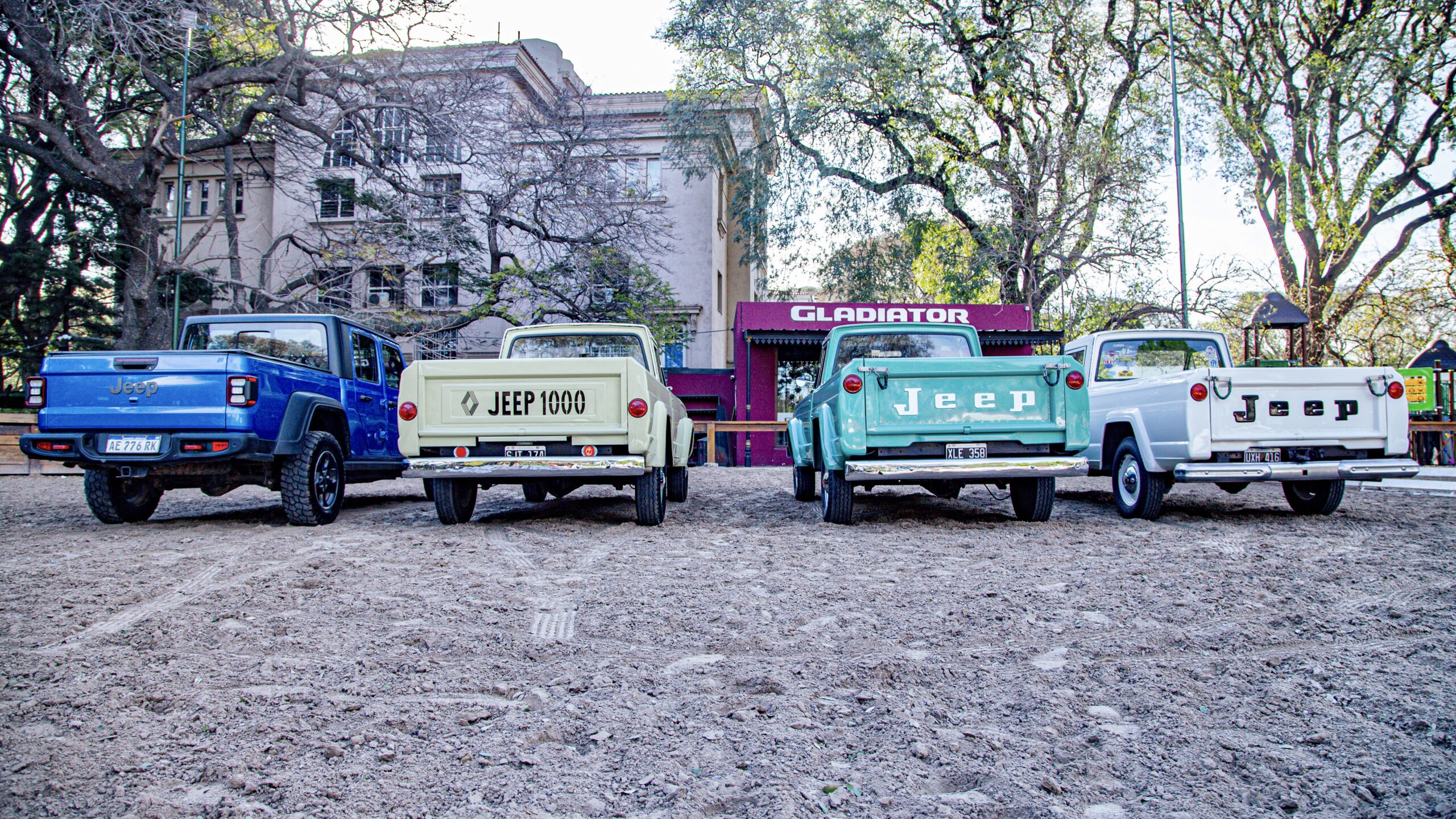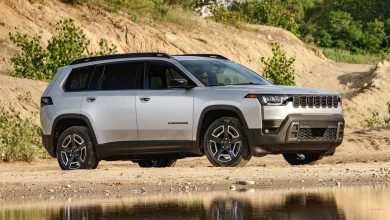Jeep® Argentina Celebrates 60 Years Of The Gladiator
Argentina-Built Gladiator Celebrates Milestone...
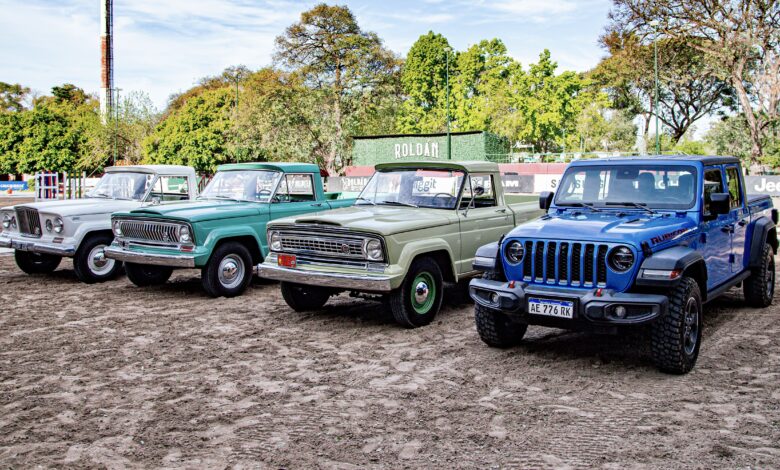
In a tribute to automotive history, Jeep® Argentina recently marked the 60th anniversary of the first Gladiator pickup. On September 20th, 1963, the inaugural Jeep Gladiator (SJ) rolled off the production line, heralding a new era in automotive excellence. This iconic model graced the roads of Argentina from January 1964 until its production came to a close in 1978, leaving an indelible mark with over 27,000 units proudly crafted for the South American nation.
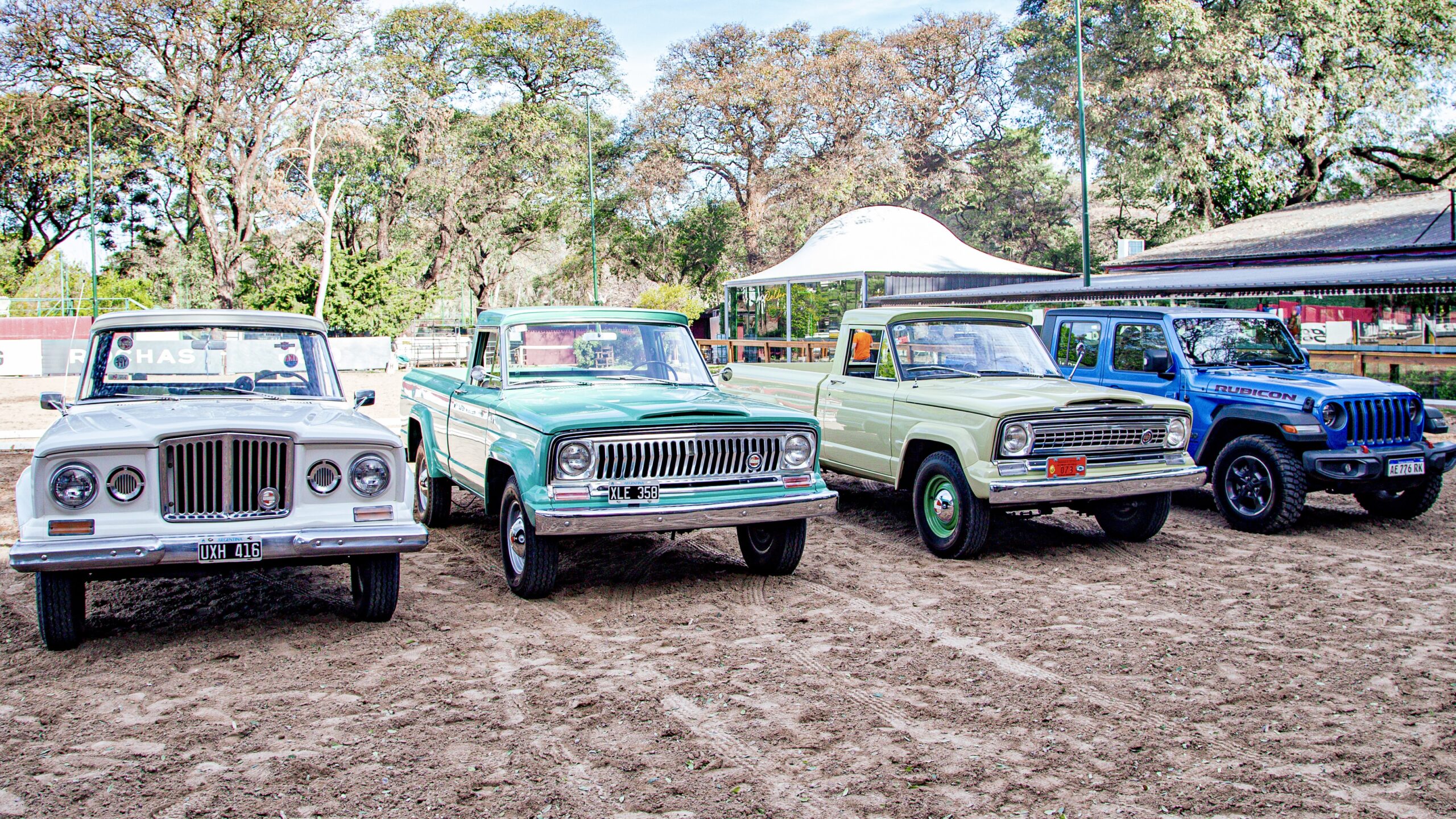
The 1963 Gladiator was propelled by the venerable Continental 3.7-liter engine, a robust powerplant delivering 115 horsepower. Paired with a Borg-Warner 3-speed manual transmission featuring synchronized second and third gears, the Gladiator embodied both power and precision. Two load capacities were offered: 500 kilos (1,100 pounds) (TA-5PB) and 1,000 kilos (2,205 pounds) (TA-4PB), each tailored to suit diverse hauling needs. These variants, distinguished by takeoff heights and tire specifications, provided versatility in functionality.
Diverging from its predecessors, the Gladiator boasted a single traction system in the TA-4PB and TA-5PB versions, while the TA-4PA dazzled with dual-traction capabilities. The latter showcased a transfer box with a selective reducer, affording a seamless transition between high and low ratios. One of the most notable upgrades was the adoption of an independent front suspension (IFS) featuring torsion bars and dual-action telescopic hydraulic shock absorbers. This innovation elevated both performance and ride comfort, setting a new standard for the pickup segment.
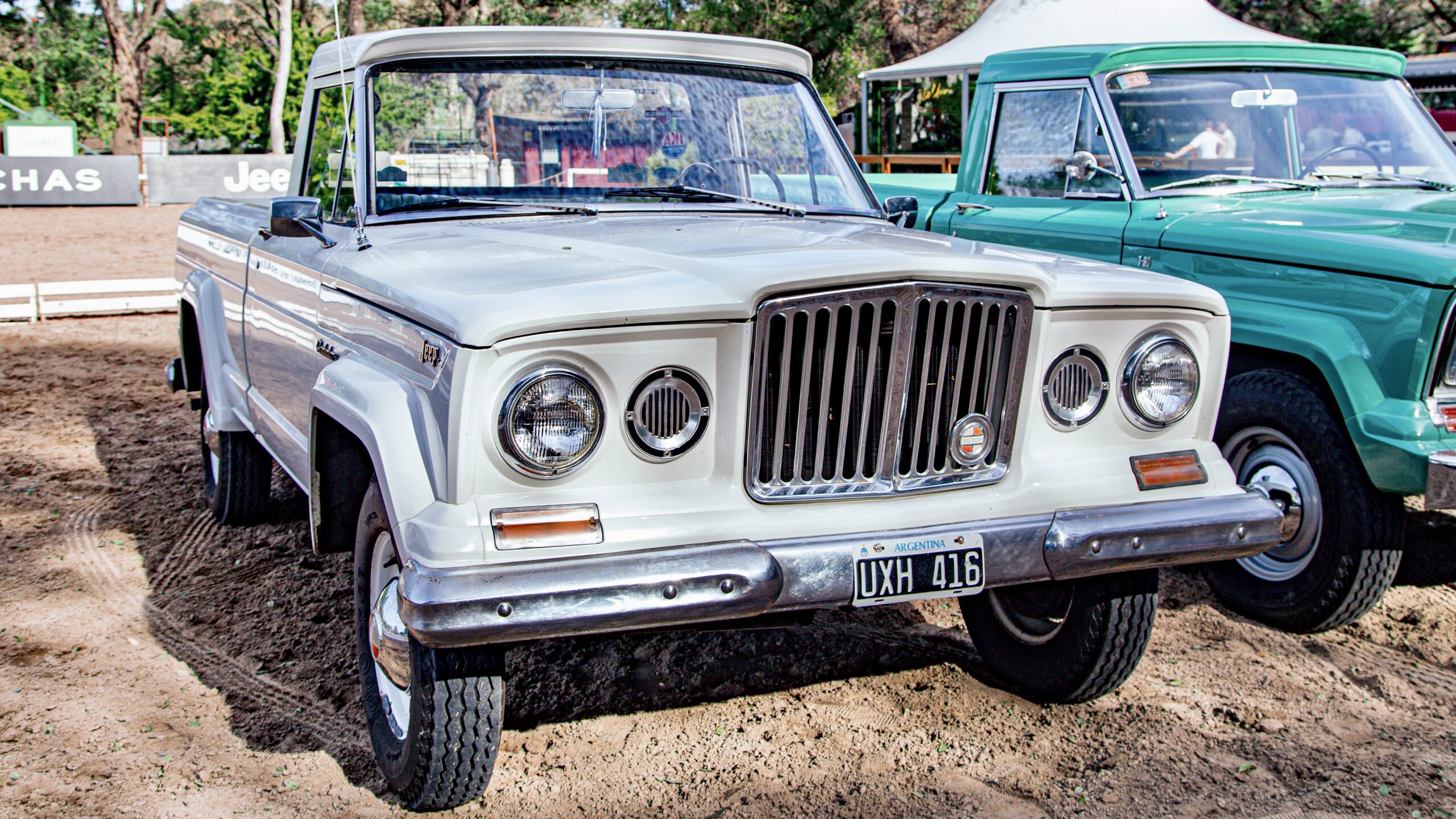
The Gladiator’s design language spoke of simplicity and functionality. Its cabin, characterized by clean lines and ample space, comfortably accommodated three occupants. The expansive glazed surface offered a panoramic view of the surroundings. Mounted on a robust “U” type stringer frame, fortified by five laminated steel crossbars, the Gladiator ensured durability and stability on any terrain.
Jeep enthusiasts were spoilt for choice with a plethora of optional features, including an electric clock, radio, heater, windshield washer, cigarette lighter, and exterior mirror. These customizable additions allowed owners to tailor their Gladiators to their unique preferences and needs, underscoring Jeep’s commitment to customer satisfaction.
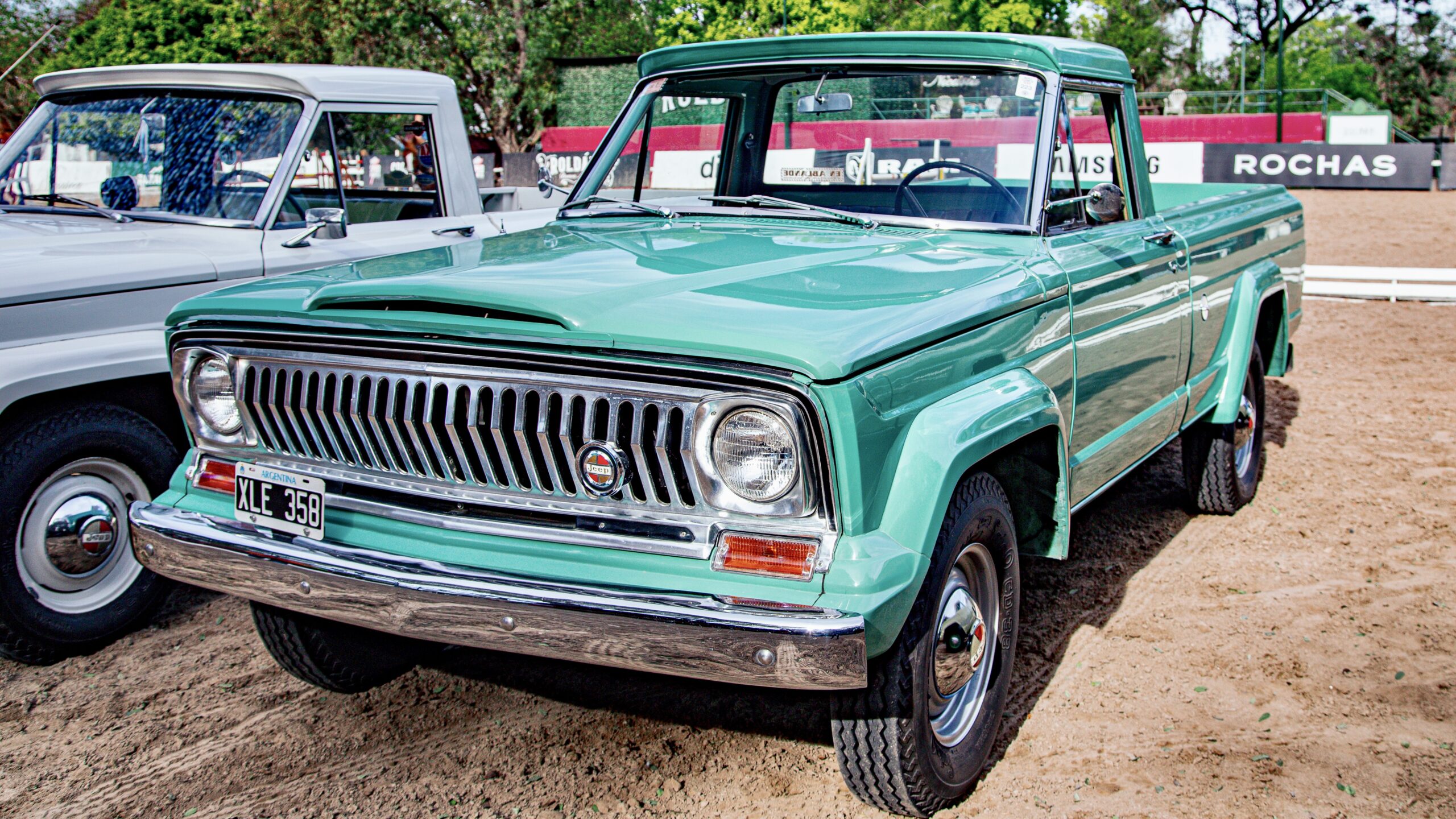
In 1965, the Gladiator pickup received a performance boost with the introduction of the Tornado Super Power engine. Boasting a camshaft at the head and a displacement of 3.8-liters, this powerhouse generated an impressive 130 horsepower at 4,200 rpm. The engine’s torque curve, peaking at 196 lb.-ft. at 2,000 rpm, provided an exceptional driving experience.
May 1967 marked a pivotal moment in Gladiator history, unveiling a restyled front end. A wider grille seamlessly integrated with the optics at its ends, further accentuating the Gladiator’s timeless aesthetic. Simultaneously, the Gladiator welcomed the 145-horsepower Ambassador 380 engine and a fully synchronized 4-speed ZF gearbox. These enhancements culminated in the birth of the T-80 and T-1000 variants, offering load capacities of 700 and 1,000 kilos (1,543 pounds and 2,205 pounds), respectively.
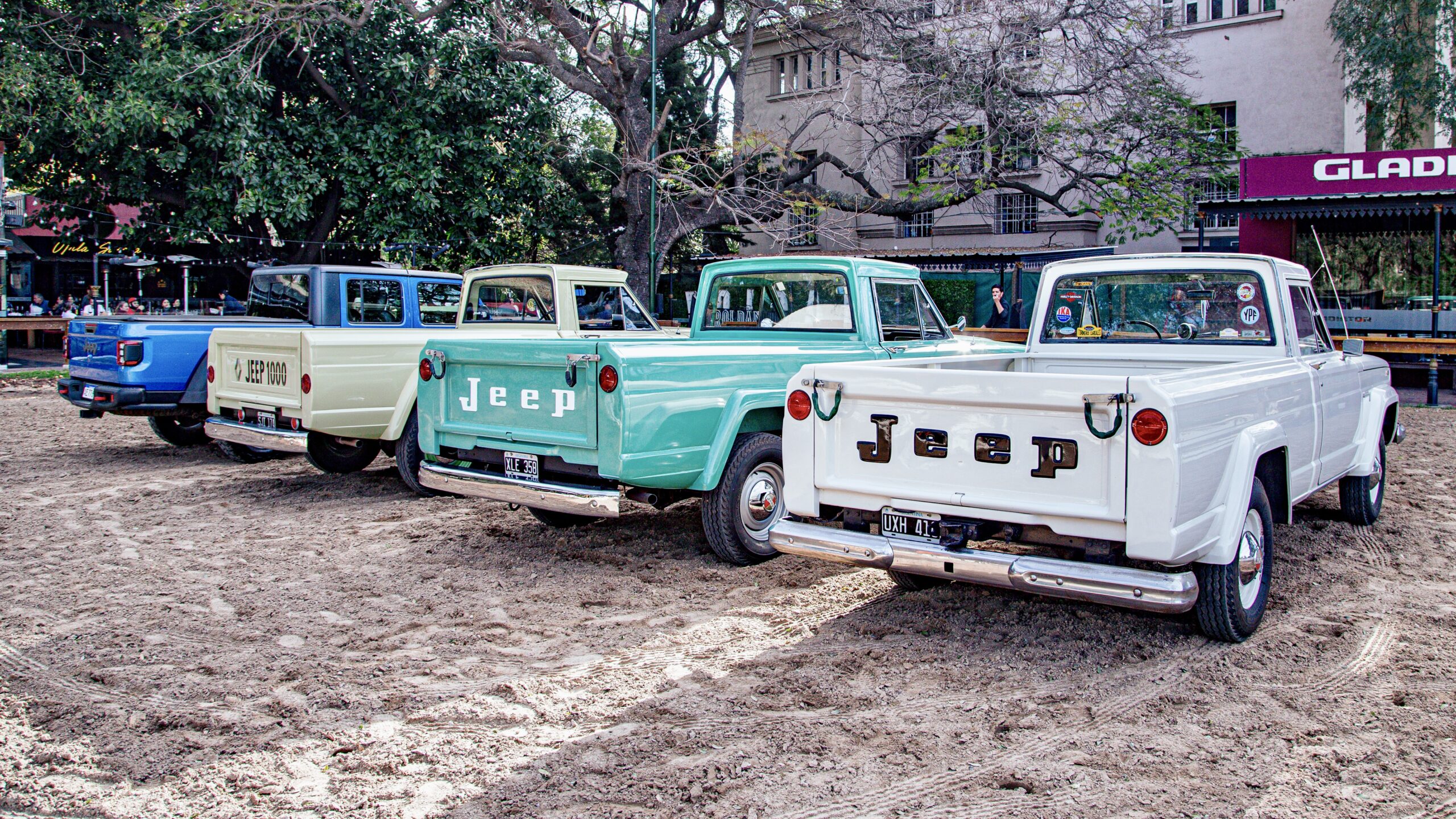
In 1970, the Gladiator family welcomed the groundbreaking Jeep 1000 Diesel version. Powered by a 3.0-liter Perkins 4-203 engine, this model delivered 71 horsepower, demonstrating Jeep’s commitment to other fuels.
The production journey, entirely based at the Industrias Kaiser Argentina Santa Isabel plant in Córdoba concluded on March 30th, 1978, leaving behind a legacy of 27,811 units. It would take 43 years for the Gladiator to return, in the form of the Gladiator (JT), which is now imported from Jeep’s Toledo Assembly Complex in Toledo, Ohio.
https://www.youtube.com/watch?v=uMFMmGnbbGA

